► The first tour of new Lotus site
► £100 million of invstement in facilities
► Find out how quality will improve on new Emira
For more than a decade, the steel skeleton of Lotus’s aborted new assembly hall towered over the Hethel site – a monument to the dashed dreams of a former failed expansion era.
But over the past 18 months, the factory’s frame has been refurbished, the sides filled in and the building fitted out. Soon prototype assembly of Lotus’s new sports car, the Emira (initially known as Type 131), will begin – kicking off a new era of expansion designed to end in a self-sufficient, thriving Lotus.
Just two days after final Evora assembly moved in to test the new production facility, I’m on site – in hard hat, steel toe-capped shoes and high-vis jacket – for the first tour of the new Hethel.
The heart of new Lotus: all-new assembly hall
Operations bosses David Hewitt and Nigel Marshall usher me up a side stairwell and into the operations suite. It’s on a mezzanine level, and the assembly hall – the size of one-and-a-half professional football pitches – is laid bare below through an entire wall of glass panels.
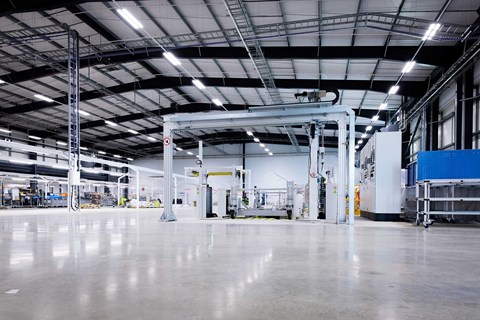
‘The philosophy is that anyone who influences the build of a car is no more than a window away,’ explains David Hewitt, executive director of operations. The NASA-style ops area will harbour staff covering manufacturing, suppliers and quality – the over-riding goal is to push Lotus quality levels up to compete with premium sports-car makers.
Chassis are transported between work stations by automated guided vehicles, rather than a fixed vehicle carrier system: the savvy operations team’s call to keep the set-up flexible, to more easily incorporate new layouts and model variants in future.
Brand new infrastructure to assess output – a rolling road, monsoon booth to test water-tightness, automated measuring systems to check build precision – has gone in.
The world’s biggest sliding puzzle game
In the adjoining assembly halls, Exiges and Elises are still being built with Lotus’s archaic construction processes: the body sides and roof are held in jigs, and an operative manually applies adhesive before they’re clamped and bonded in place.
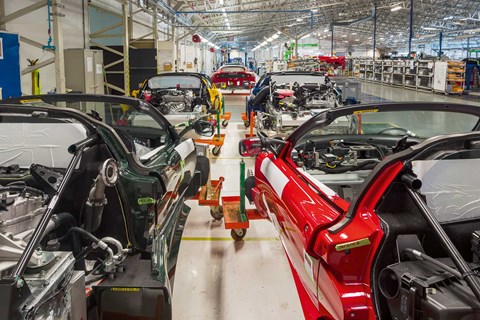
‘We’ll move to a part-robotised line,’ explains Hewitt. ‘That drives fits, shuts and panel quality. It’s all about repeatability: our workforce is incredibly skilled but you’re never going to get the same consistency as with a robot.
‘The new line won’t be fully automated but we’ve spent the money where we’ll get a step up in quality. If you build it right, it’ll look right and the quality is inherently there.’
Hewitt and Marshall are currently embroiled in a fiendish sliding puzzle game on an industrial scale. They have to choreograph the relocation of each element of the existing model process to create space to install Emira/Type 131 systems, all the while keeping Evora/Exige/Elise production flowing with minimal interruption.
‘There have been a lot of late nights staring at floor plans, to ensure we don’t compromise current build – or Type 131 start of production!’ says Hewitt.
New Lotus boss exclusive: forget hybrid, we’re going straight to electric
Inside the new paint shop
We exit the assembly hall and pass roped-off holes in the ground, piles of debris and builders’ Portakabins. Not only is Lotus putting in buildings but beneath us new power supply, drainage and fibreoptic comms links too.
Into the new paint shop, but our path along a freshly-plastered corridor is thwarted by a busy worker in a hard hat. We double back, climb a set of metal steps to the middle level of three: the bottom deck is for quality inspection and touch-up, the top is for machinery but we climb to where the painting process will take place.
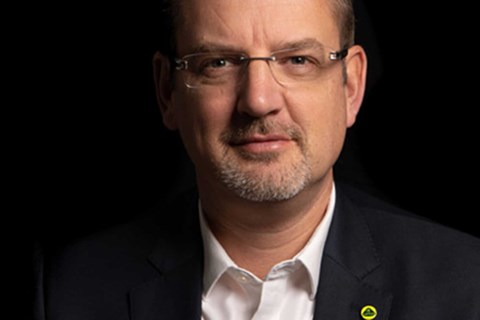
We stand in one of the half-constructed booths, soon to be deep-cleaned and sealed for use. It’s like being in a funfair’s ghost train when the lights come on, seeing the conveyor lines snaking across the floor that will soon carry cars for painting.
This will be Lotus’s first ‘fully automated’ paint shop, replacing decades of hand-spraying. ‘It will give us a level of quality far in excess of what we’ve had historically,’ enthuses David Hewitt.
All the latest paint finishes will be available to Lotus, and wastage will be reduced: paints are separated in the lines by plugs called ‘pigs’ and any leftover liquid flushed back to the mixing room for storage.
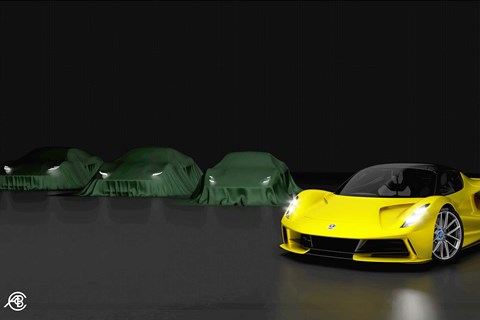
‘We’ll be able to do numerous colours in any sequence we choose,’ says Nigel Marshall, ‘and it’ll be so much more efficient and reliable. One of my biggest issues historically has been maintaining our kit, a case of hitting it with a spanner and reaching for the duct tape!’
One more new facility: the Evija line
Next door in the old Factory Three – where GM’s Lotus Carlton and VX220 were made – is the line for the Evija electric hypercar.
It stands alone because the carbonfibre monocoque-based car will require different, hand-built processes, and will be much slower to assemble than the Emira. It won’t be painted in the new automated facility either, and there are different safety considerations too: workers must be trained to handle its high voltage battery safely.
Total investment – in the two new lines, the paint shop, a new staff restaurant and at off-site facilities such as combining aluminium and steel fabrication in the chassis manufacture plant – has exceeded £100 million.
That hasn’t boosted Hethel’s capacity beyond existing levels: 5000 cars annually, using a single shift. But with the opportunity to go to double shifts and embrace weekends, volume could be ratcheted up fairly briskly.
New Lotus boss exclusive: we’re going global with volumes to support that ambition
A lot is changing at Lotus. ‘The list is massive,’ says managing director Matt Windle. ‘We have to finish the manufacturing facilities, build a little track to test quality, launch a new paint shop, hire people, management. If you actually sat and thought about all that, your brain would just go bonkers.’
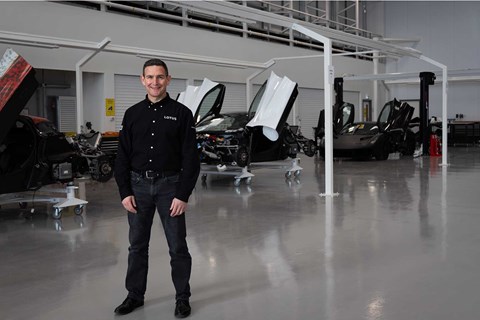
Instead Windle – and his management team – are taking it step-by-step, to ensure production of the current range is wrapped up by autumn, allowing first build of the Emira to launch the new Lotus era in early 2022.
Concludes David Hewitt: ‘I’ve been here 10 years dreaming of this. And for people who’ve been here even longer, Lotus is like a phoenix rising from the ashes. It’s fantastic.’